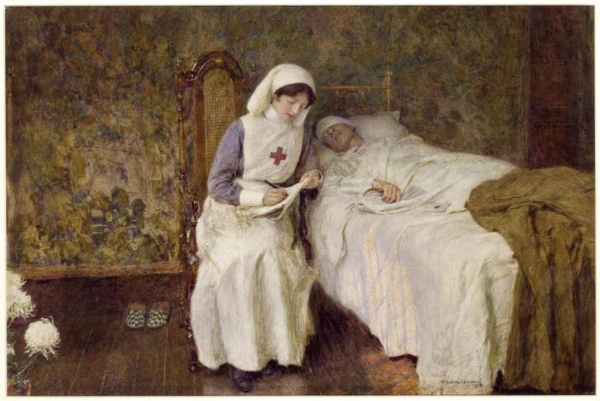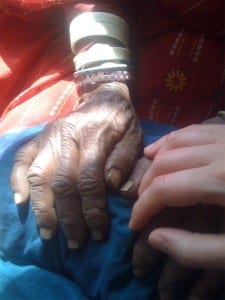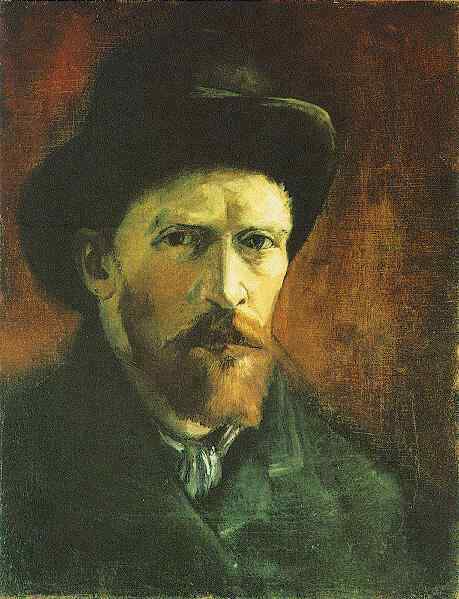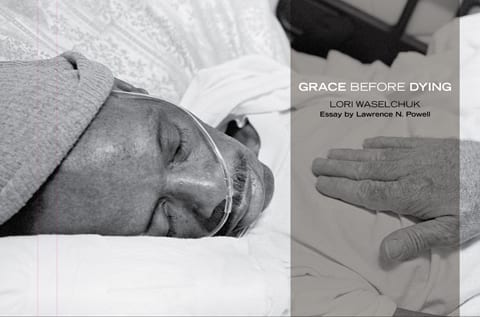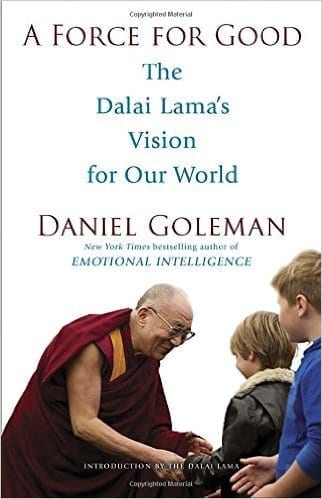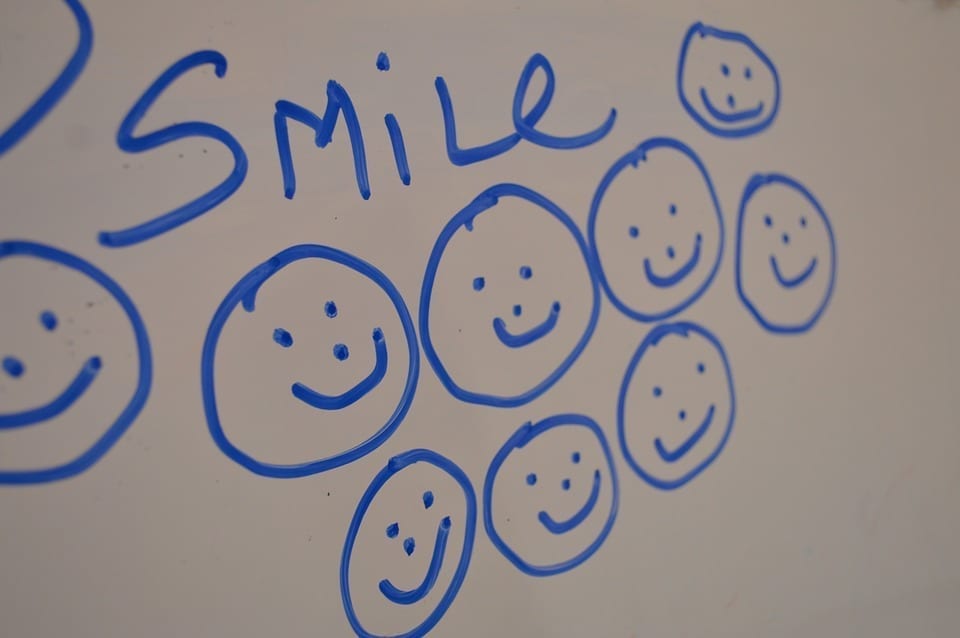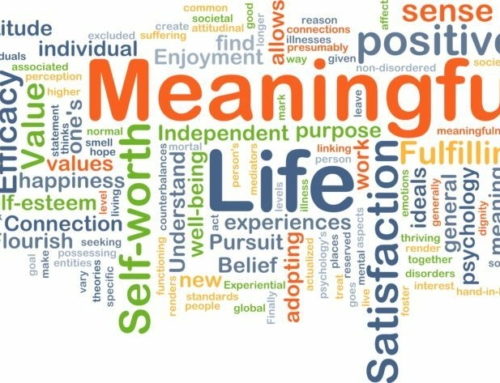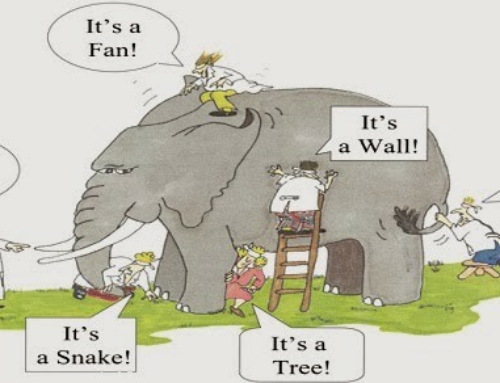Compassionate Dimension
Dr Thuli Whitehouse, 2016
Our sorrows and wounds are healed only when we touch them with compassion
Buddha
Compassionate care
The greatest disease in the West today is not TB or leprosy; it is being unwanted, unloved, and uncared for
Mother Theresa
Florence Nightingale, like Mother Theresa, understood that ..
.. care and compassion spring from the understanding of the patient as an individual, entitled to respect and dignity..
Again and again it seems that the real task for health care in these days is not just to fight the constant battle for proper resourcing, but to hold on to the belief that what needs to be resourced is a system that has to be kept human – that is, a system that puts resources at the service of dignity as an intrinsic and vital aspect of health.
It must be a system that treats its own professionals with dignity and doesn’t assume that the only professional skills worth developing are the material ones, or that the only goals that matter are the economic ones.Dr Rowan Williams, Archbishop of Canterbury
From a sermon for the annual Florence Nightingale Commemoration Service for the Nursing Profession
What is Compassion?
Compassion is not a relationship between the healer and the wounded. It’s a relationship between equals. Only when we know our own darkness well can we be present with the darkness of others. Compassion becomes real when we recognize our shared humanity.
Pema Chödrön
The Places That Scare You: A Guide to Fearlessness in Difficult Times
Definitions of Compassion
‘Compassion includes ‘empathy, respect, a recognition of the uniqueness of another individual, and the willingness to enter into a relationship in which not only the knowledge but the intuitions, strengths, and emotions of both the patient and the physician can be fully engaged’ (Lowenstein 2008).
A simpler definition is that it is ‘a deep awareness of the suffering of another coupled with the wish to relieve it’ (Chochinov 2007).
When the NHS Constitution (Department of Health 2009) discusses compassion, it states: ‘We respond with humanity and kindness to each person’s pain, distress, anxiety or need. We search for the things we can do, however small, to give comfort and relieve suffering. We find time for those we serve and work alongside. We do not wait to be asked, because we care.’
‘Compassion – both giving and receiving it – entails an emotional response. It goes beyond acts of basic care and is likely to involve generosity – giving a little more than you have to – kindness, and real dialogue’ (Frank 2004).
‘Real dialogue’ is a vital part of compassion and of good care in general. It is more than communication, which is the accurate giving and receiving of a message. It is spoken human to human rather than clinician to patient; it shows interest; never stereotypes but recognises and enjoys difference while also appreciating the common core of humanity; it includes honesty where necessary, and may need courage at times. This form of dialogue is crucial if the patient is to be seen as a whole person and should be engaged in by staff at all points of health care.’ From The Point of Care, Enabling compassionate care in acute hospital settings. The Kings Fund April 2009
Resources
- A randomised trial of compassionate care for the homeless in an emergency department.
- The Point of Care, Enabling compassionate care in acute hospital settings. The Kings Fund
- Compassion in Healthcare – The missing dimension in Healthcare reform by NHS Confederation 2008
- Developing Compassionate Leadership in Healthcare: Journal of Healthcare Leadership 2015
- Insights from the Cutting Edge of Compassion Research
- Grace Before Dying is an award-winning photographic documentary by Lori Waselchuk that chronicles the prisoner-run hospice program at the Louisiana State Penitentiary
- Frameworks 4 Change by Andy Bradley
- Compassionate Care Training
One of the essential qualities of the clinician is interest in humanity, for the secret of the care of the patient is in caring for the patient.
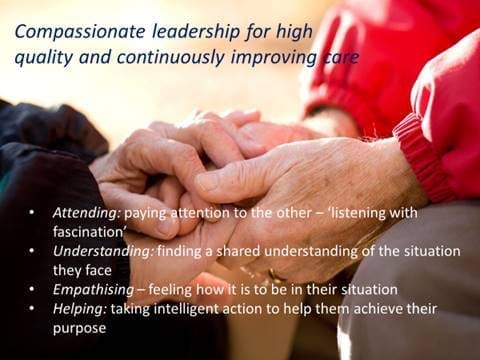
Too often we underestimate the power of a touch, a smile, a kind word, a listening ear, an honest compliment, or the smallest act of caring, all of which have the potential to turn a life around.

